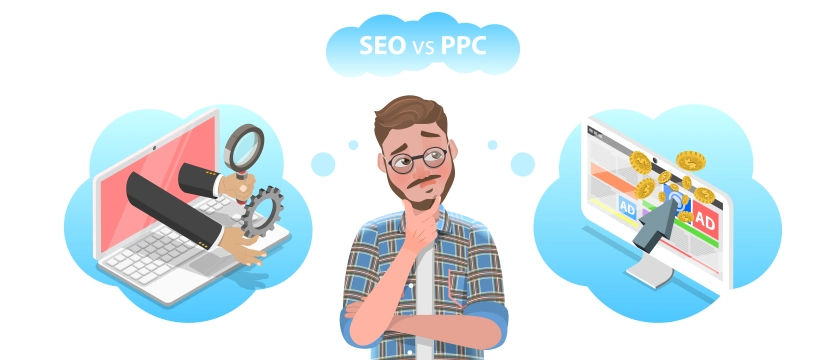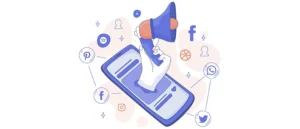Introduction
In the vast realm of digital marketing, two acronyms often stand out: SEO and SEM. While both aim to enhance online visibility and drive website traffic, understanding the fundamental differences between SEO (Search Engine Optimization) and SEM (Search Engine Marketing) is crucial for crafting a compelling online strategy. Let’s delve into the nuances of each and explore when to utilize them for maximum impact.
What is SEO?
SEO revolves around optimizing a website to improve organic (unpaid) visibility on search engine results pages (SERPs). The primary goal is enhancing the website’s ranking for relevant keywords, attracting more organic traffic. SEO encompasses a myriad of strategies, including
- Keyword Research: Identifying and targeting relevant keywords that align with user intent and search queries.
- On-Page Optimization: Optimizing website elements such as title tags, meta descriptions, headings, and content for search engines.
- Off-Page Optimization: Building high-quality backlinks from authoritative websites to improve domain authority and credibility.
- Technical SEO: Enhancing website performance, speed, and accessibility for users and search engine crawlers.
SEO is a long-term strategy that requires consistent effort, patience, and ongoing optimization to achieve sustainable results. While it may take time to see significant improvements, the organic traffic generated through SEO is more cost-effective and enduring.
What is SEM?
Conversely, SEM encompasses paid advertising efforts to increase a website’s visibility on SERPs. The most common form of SEM is Pay-Per-Click (PPC) advertising, where advertisers bid on keywords and pay a fee each time their ad is clicked. Critical components of SEM include
- Keyword Research: Like SEO, SEM uses keyword research to target specific search queries and reach relevant audiences.
- Ad Creation: Crafting compelling ad copy and creatives that entice users to click on the ads.
- Bid Management: Monitoring and adjusting keyword bids to maximize ad visibility while staying within budget constraints.
- Landing Page Optimization: Ensuring that the landing pages associated with SEM ads provide a seamless user experience and encourage conversions.
SEM offers immediate visibility and can instantly drive targeted website traffic. However, achieving optimal results requires a budget allocation for ad spend and ongoing optimization.
Understanding the Differences
While both SEO and SEM aim to increase online visibility and attract traffic, their approaches and outcomes differ in several key aspects
- Cost: SEO is primarily organic and does not involve direct click payments. In contrast, SEM requires advertisers to pay for each click on their ads.
- Timing: SEO is a long-term strategy that takes time to yield results, whereas SEM provides immediate visibility and traffic but stops once the ad budget is depleted.
- Visibility: SEO focuses on improving organic rankings, while SEM ads appear at the top of SERPs, above organic results, providing instant visibility.
- Click-through Rate (CTR): While both SEO and SEM aim to attract clicks, SEM typically has higher CTRs due to the prominent placement of ads on SERPs.
When to Use Each
- Use SEO When: Building long-term visibility and credibility is the goal. SEO is ideal for establishing a solid online presence, attracting organic traffic, and generating sustainable results over time.
- Use SEM When: Immediate visibility and traffic are required or when promoting time-sensitive offers or events. SEM effectively targets advertising, launches new products or services, and complements SEO efforts in competitive landscapes.
Conclusion
In conclusion, SEO and SEM play pivotal roles in a comprehensive digital marketing strategy. Understanding their differences and knowing when to leverage each can help businesses maximize their online presence, attract qualified traffic, and achieve their marketing objectives effectively. By combining the strengths of SEO and SEM, companies can create a robust online presence that drives continuous growth and success in the digital landscape.
To learn more or to acquire our services, please contact us at [email protected]





